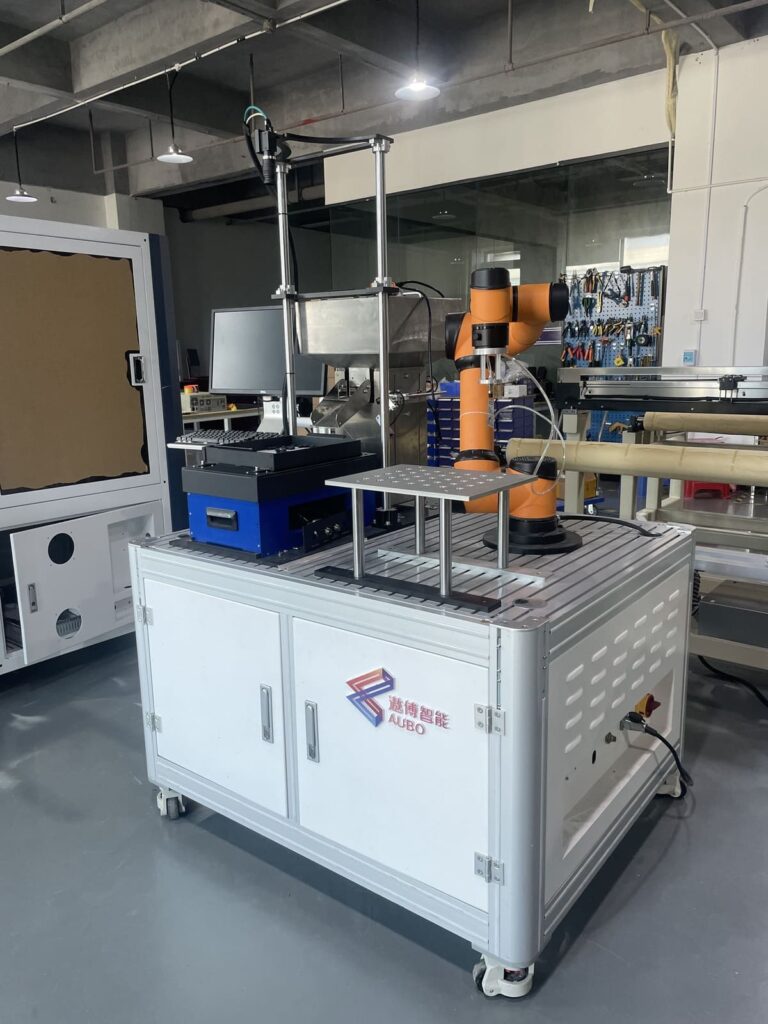Flexible feeder systems are becoming increasingly popular in manufacturing operations due to their versatility, speed, and ease of use.

However, implementing a flexible feeder system can come with its own set of challenges. In this article, we will discuss some of the common challenges that can arise when implementing a flexible feeder system and provide solutions to overcome them.
Common Challenges in Implementing a Flexible Feeder System
Part Orientation
One of the most common challenges in implementing a flexible feeder system is ensuring that parts are oriented correctly for assembly or packaging. This is especially important when dealing with complex geometries or fragile parts.

Solution: The use of vision systems can be effective in ensuring proper part orientation. Vision systems can identify the orientation of parts and communicate that information to the feeder system, allowing for accurate placement.
Feeder Synchronization
When using multiple feeder systems in a production line, synchronization can become a challenge. If one feeder system is not in sync with the others, it can cause delays and stoppages in the manufacturing process.

Solution: The use of advanced control systems can help ensure feeder synchronization. These systems can communicate with each other and adjust feeder speeds and timing to ensure smooth operation.
Parts Jamming
Parts jamming can be a significant challenge in flexible feeder systems, particularly when dealing with small or delicate parts. If parts become jammed, it can cause downtime and damage to the feeder system.

Solution: The use of specialized feeding mechanisms, such as vacuum or air jets, can help prevent parts jamming. These mechanisms can be adjusted to the size and shape of the parts being fed, ensuring smooth operation.
Feeder Calibration
Calibrating a feeder system can be a time-consuming and challenging process. Feeder calibration is necessary to ensure accurate and consistent feeding of parts, but it can be difficult to achieve.

Solution: The use of automated calibration systems can help streamline the calibration process. These systems can use machine learning algorithms to automatically adjust feeder settings and ensure accurate feeding.
Part Variability
Dealing with part variability can be a challenge in flexible feeder systems, particularly when dealing with a wide range of part sizes and shapes. This can cause issues with accuracy and consistency in feeding.

Solution: The use of customizable feeding mechanisms can help address part variability. These mechanisms can be adjusted to the specific size and shape of each part, ensuring accurate and consistent feeding.

FAQs
Q: How do I know if a flexible feeder system is right for my manufacturing operation?
A: A flexible feeder system may be right for your manufacturing operation if you need to handle parts of varying sizes and shapes, require a high level of flexibility in your manufacturing process, or want to improve efficiency and reduce downtime.
Q: How can I ensure that my flexible feeder system is operating at maximum efficiency?
A: Regular maintenance and calibration of your flexible feeder system can help ensure that it is operating at maximum efficiency. Additionally, the use of advanced control systems and vision systems can help optimize feeding accuracy and efficiency.
Q: What is the best way to handle delicate or fragile parts with a flexible feeder system?
A: The use of specialized feeding mechanisms, such as vacuum or air jets, can be effective in handling delicate or fragile parts. These mechanisms can be adjusted to the size and shape of the parts being fed, ensuring smooth operation.
Q: How can I prevent parts from jamming in my flexible feeder system?
A: The use of specialized feeding mechanisms and the proper calibration of your feeder system can help prevent parts jamming. Additionally, regular maintenance and cleaning of your feeder system can help prevent debris buildup that can cause jamming.





